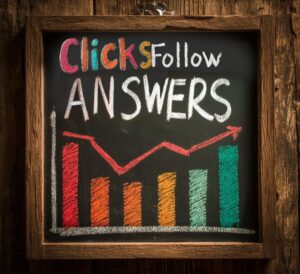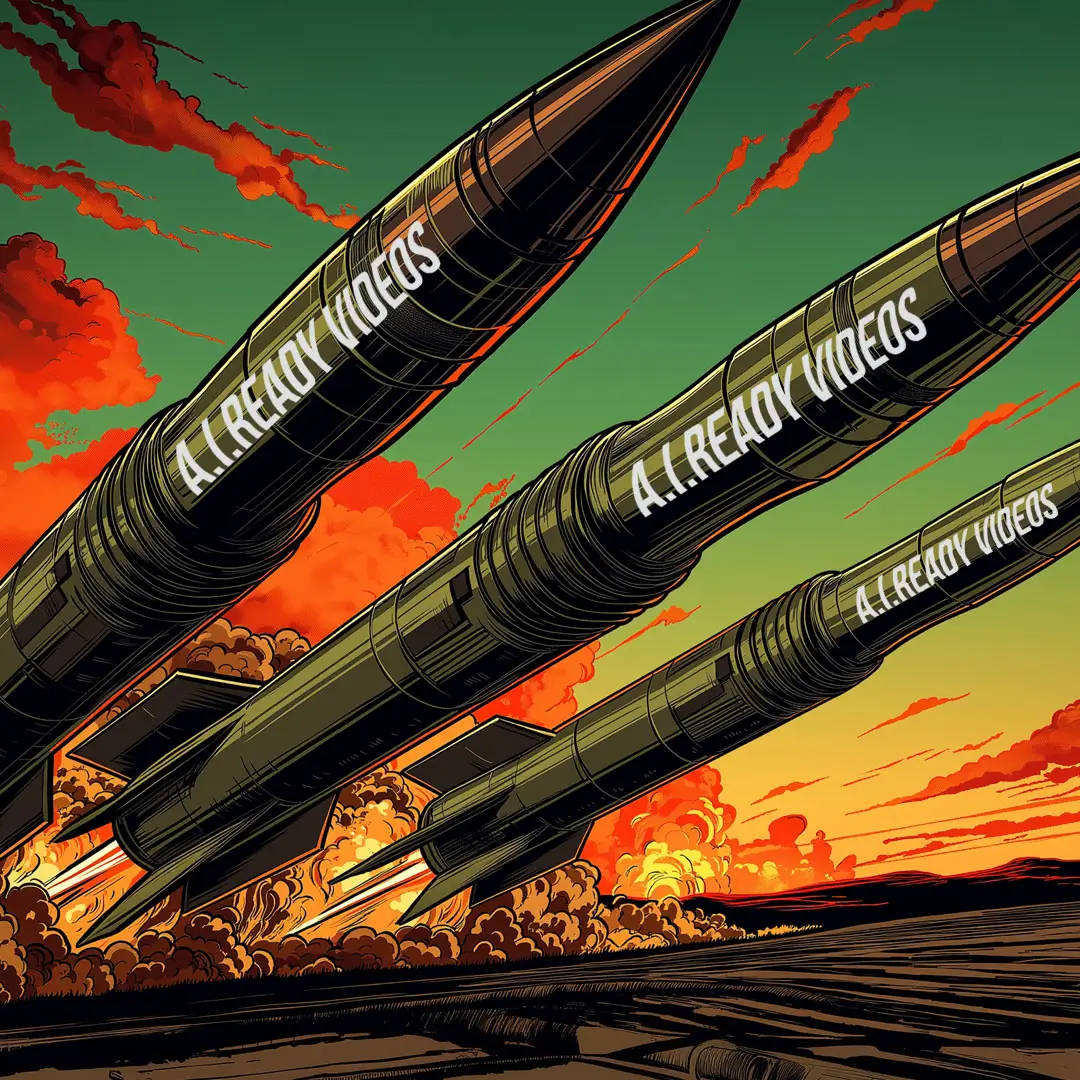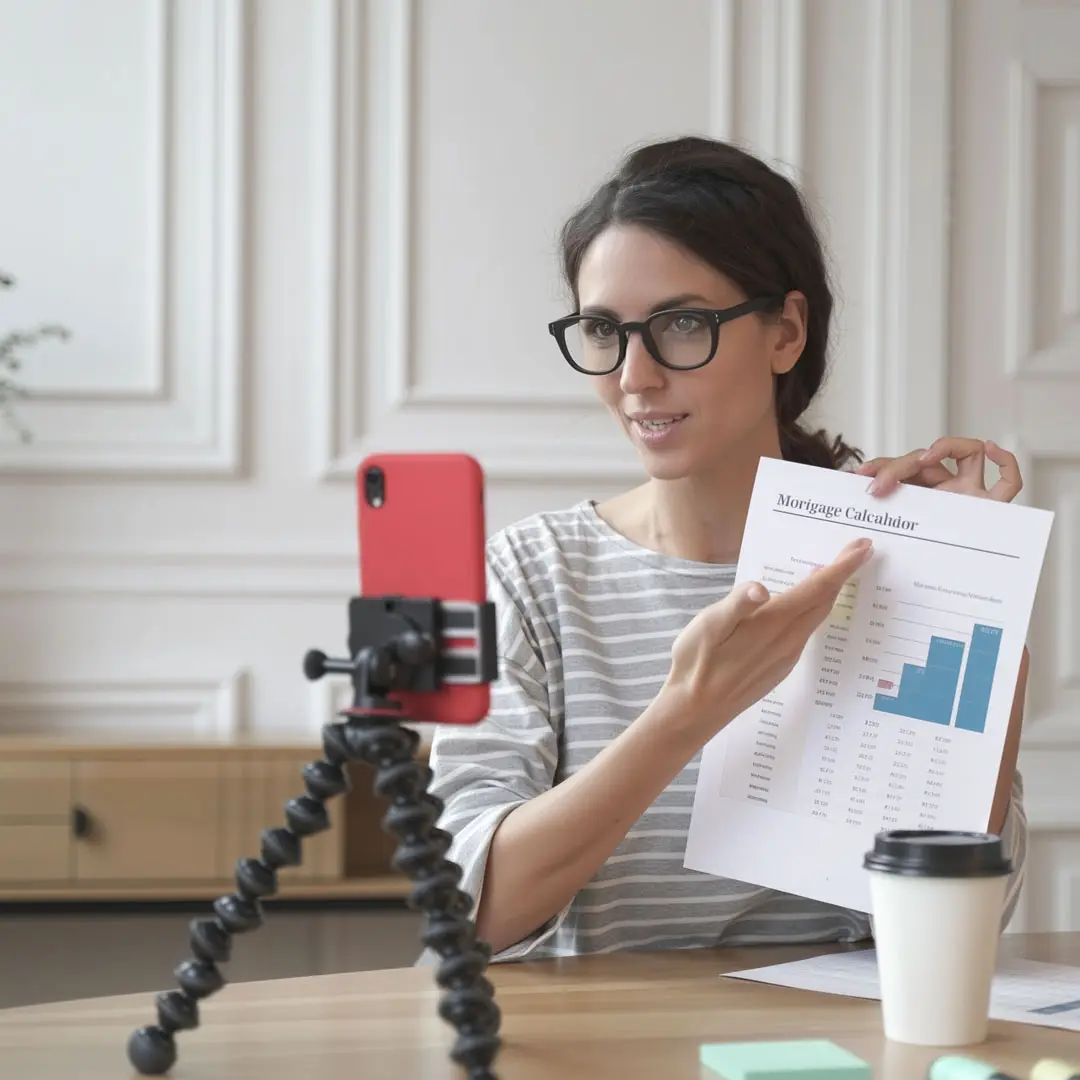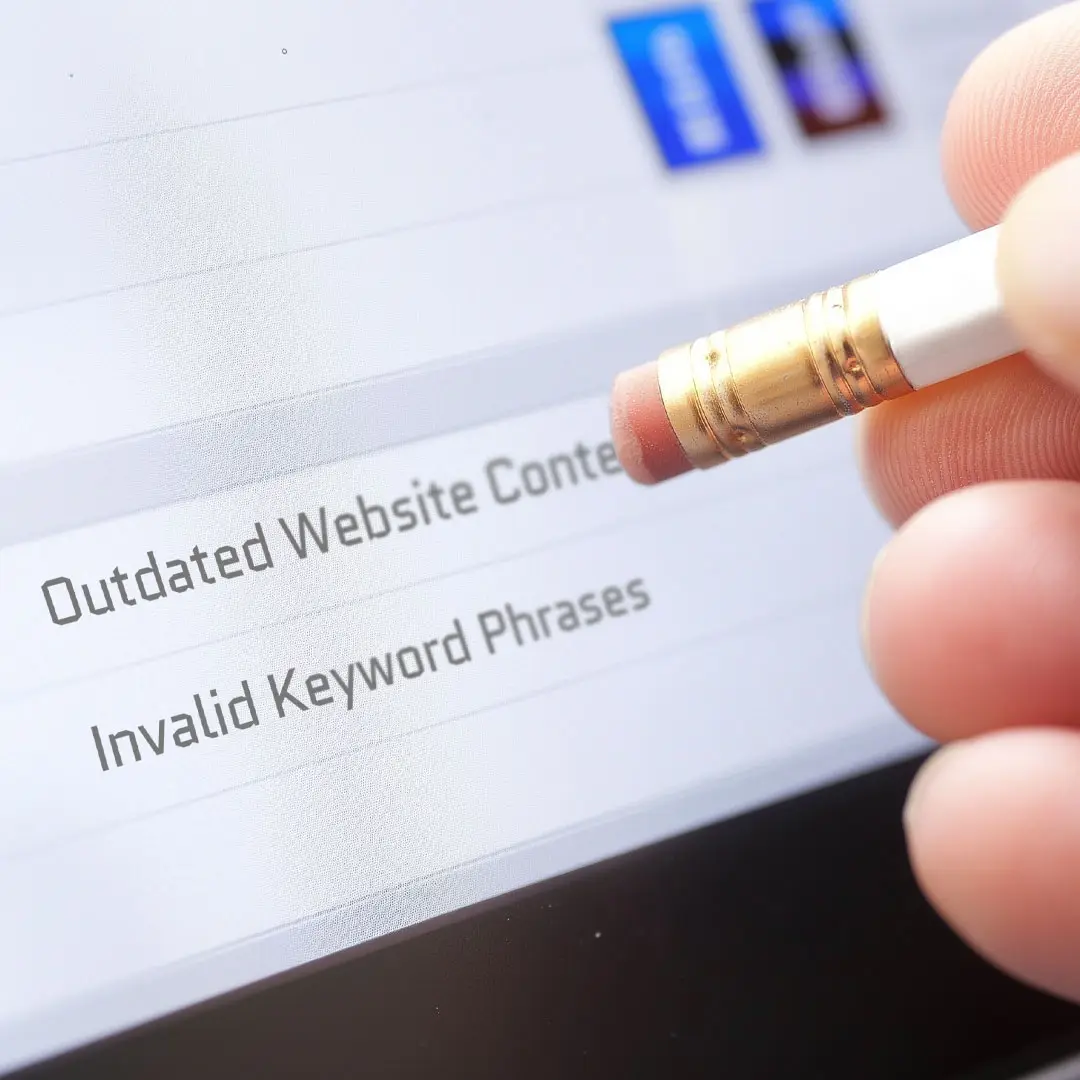First, here is the problem in plain language. Last Tuesday, a director told me their team “shipped” eight posts in September but couldn’t point to a single referral that started from one of them. However, the posts were fine, the shape was wrong. Consequently, if you are the marketing lead protecting a services pipeline while AI answers eat clicks, you need outputs that show up where summaries form and then turn that presence into intakes. Therefore, ask yourself: do you really want another month of content that looks busy and proves nothing?
Clicks follow answers, not links.
Because AI answers now absorb attention at the top of results, chasing clicks alone breaks. Even industry pros now report AI Overview citations hurting click through rates across the SERP. Moreover, when summaries confuse, brands inherit the risk, as fresh reporting on accuracy gaps and selective suppression shows. Therefore, structure for visibility beyond the blue link so your brand appears inside the answer; then attribute that presence to SQLs.
Stop guessing and start extracting.
Instead of guessing, smart teams run one structured interview per month and then turn it into answer shaped posts, FAQs, and shorts that mirror how overviews and PAA modules elevate sources. Next, they plan for multi surface discovery, including new visual and conversational search that is expanding right now. Finally, they anchor the plan to a lean team’s reality in which staff capacity and time constraints are the primary blockers. As a result, message consistency spans the hub and ties to service line SQLs.
Make one call and produce many answers.
Here is the Answer Shape Flywheel:
- First, record a 60 minute extraction call focused on priority service lines such as trust sales, ADUs, elective procedures, or specific PI case types.
- Next, convert the transcript into answer ready snippets with tight definitions, proof backed stats, and plain language FAQs that match patterns PAA already elevates.
- Then, package everything into schema ready hubs and short clips so your pages are extractable, citable, and quotable where AI Overview citations appear.
- Finally, report presence alongside local pack wins, because multi surface coverage (including new visual modes) is where decision journeys actually unfold.
Zero‑click is the interface.
To be clear, zero click is not a glitch; it is the interface. Since AI summaries now sit on a growing share of results and their citations routinely siphon clicks, the platform roadmap is adding visual and conversational layers, not fewer of them. Consequently, answer shaped content becomes both a defensive move and an offensive moat. Therefore, teams that adapt structure, schema, and sources will ride the shift, not merely endure it.
Winners pull away by doing three things.
First, they consolidate thin, overlapping posts into credible hubs with consistent entities and matching schema, which makes pages safer to quote and easier to crawl. Second, they publish location aware FAQs that mirror how real people ask questions, which increasingly earns visibility routes that bypass classic local pack jockeying. Third, they plan for multi surface discovery, including visual search upgrades rolling out now, and then they measure the impression to SQL chain, because leadership expects presence in AI features alongside rankings and reviews.
Do this next.
First, book a single, guided extraction call and bring intake with you. We will pull stories, definitions, and objections from your experts, and then we will ship eight answer shaped posts, a stack of FAQs, and short clips from that one conversation. Next, we will align titles, H1s, and schema to what is visible on the page and we will route internal links so every refreshed URL has a clear role in the hub. Finally, run this tactical A B test: on one money page add a three question FAQ that uses the exact phrasing people say on calls; then cite a timely, named source inside one answer and watch for the impression to call lift.
We’ve seen how this plays out when it’s done right. Do you want to see what that looks like on your site?





